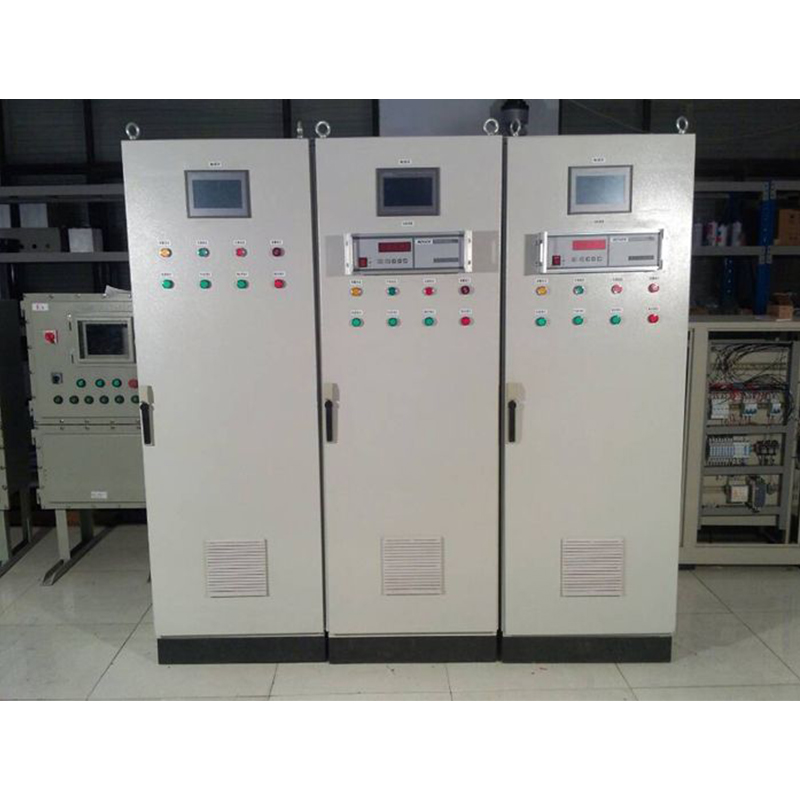
Dec . 04, 2024 10:20
Back to list
Fundamentals of Pressure Vessel Design and Safety Standards for Industry Applications
Understanding Pressure Vessels Design, Applications, and Safety
Pressure vessels are tailored structures designed to contain fluids at pressures significantly different from the ambient pressure. These vessels are integral to numerous industries, including oil and gas, chemical processing, energy generation, and food production. The proper design, construction, and maintenance of pressure vessels are crucial to ensuring operational efficiency and safety.
Design Principles
The design of a pressure vessel begins with several key factors such as material selection, wall thickness, shape, and operational conditions, including temperature and pressure. Common materials used in the construction of pressure vessels include carbon steel, stainless steel, and various alloy steels, which provide the required strength and resistance to corrosion.
The most widely used shapes for pressure vessels are cylindrical, spherical, and conical. Each shape has advantages and specific applications. For instance, spherical vessels are preferred for high-pressure applications due to their ability to distribute stress evenly, while cylindrical vessels are more common in industries due to their ease of manufacturing and handling.
Applications
Pressure vessels serve a wide array of functions across different sectors
1. Chemical Industry They are primarily used for storing gases and liquids under pressure, such as refrigerants, acids, and solvents. Reactors in chemical plants are often designed as pressure vessels to facilitate reactions in controlled conditions.
2. Oil and Gas Industry Pressure vessels play a pivotal role in the extraction, processing, and storage of hydrocarbons. They are used in gas separators, separators, and storage tanks, ensuring safe handling under high pressures.
pressure vessel

3. Power Generation In power plants, pressure vessels are essential for steam generation. The steam boiler, a type of pressure vessel, produces steam that drives turbines for electricity generation.
4. Food and Beverage Industry Here, pressure vessels are used for processes such as pasteurization and fermentation, where maintaining controlled pressure enhances product safety and quality.
Safety Considerations
Given the high risks associated with pressure vessels, stringent safety standards and regulations govern their design, construction, and operation. Organizations like the American Society of Mechanical Engineers (ASME) provide guidelines through codes such as the ASME Boiler and Pressure Vessel Code (BPVC). These codes outline the minimum safety requirements for design and fabrication, helping to prevent catastrophic failures that can arise from over-pressurization, corrosion, and material fatigue.
Regular inspections, maintenance, and testing are vital for ensuring the integrity and safety of pressure vessels. Non-destructive testing (NDT) methods—like ultrasonic testing, radiography, and magnetic particle testing—are employed to detect faults without compromising the vessel's integrity. Pressure relief devices, such as valves, are also critical components, designed to automatically release excess pressure and protect against over-pressurization.
Challenges and Innovations
The field of pressure vessel design faces challenges due to the need for constant innovation driven by new materials and technologies. Advances such as composite materials and improved welding techniques can enhance the strength-to-weight ratio, making vessels more efficient and easier to transport. Moreover, the integration of smart technologies allows for real-time monitoring of pressure, temperature, and structural integrity, leading to more proactive maintenance strategies.
Conclusion
Pressure vessels are vital components in various industrial applications, engineered to contain fluids under pressure and ensure safe, efficient processing and storage. As industries evolve and demand safe, reliable solutions, ongoing innovation in design and materials will enhance the performance and safety of pressure vessels, continuing to play a crucial role in modern manufacturing and production processes. Understanding their design, applications, and safety considerations is essential for engineers and operators alike, highlighting the importance of this critical field in today's industrial landscape.
Latest news
-
Safety Valve Spring-Loaded Design Overpressure ProtectionNewsJul.25,2025
-
Precision Voltage Regulator AC5 Accuracy Grade PerformanceNewsJul.25,2025
-
Natural Gas Pressure Regulating Skid Industrial Pipeline ApplicationsNewsJul.25,2025
-
Natural Gas Filter Stainless Steel Mesh Element DesignNewsJul.25,2025
-
Gas Pressure Regulator Valve Direct-Acting Spring-Loaded DesignNewsJul.25,2025
-
Decompression Equipment Multi-Stage Heat Exchange System DesignNewsJul.25,2025

